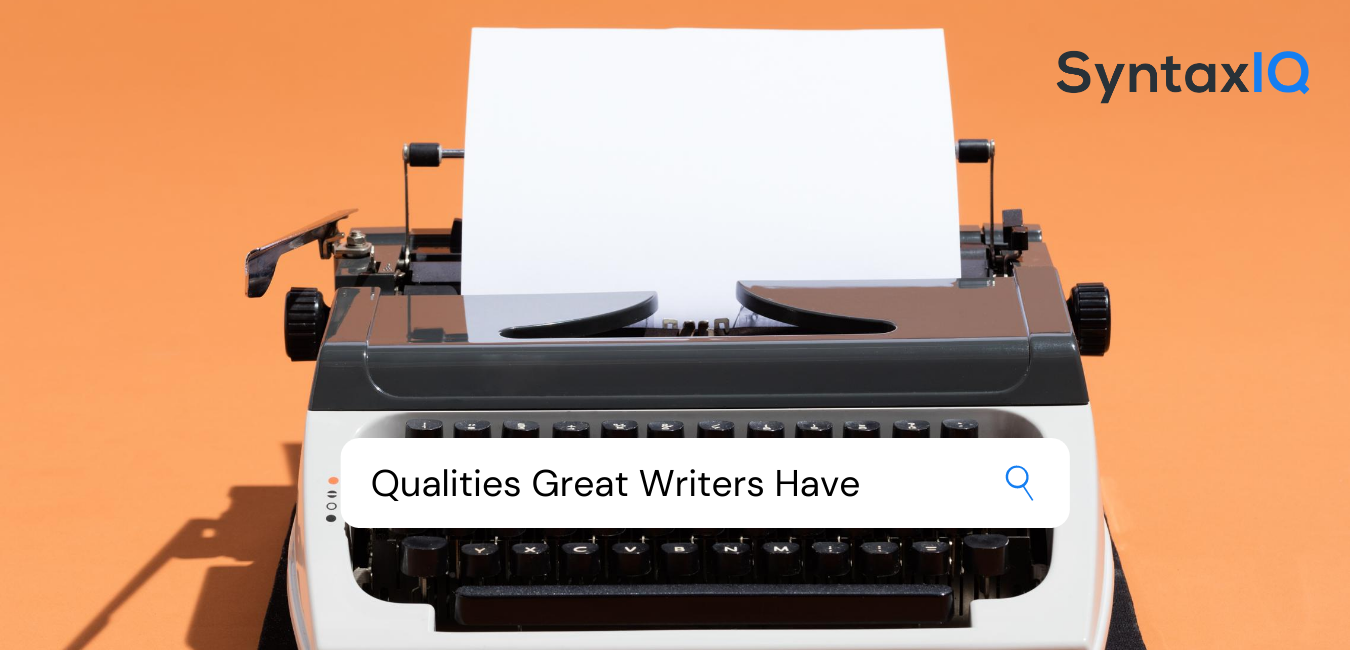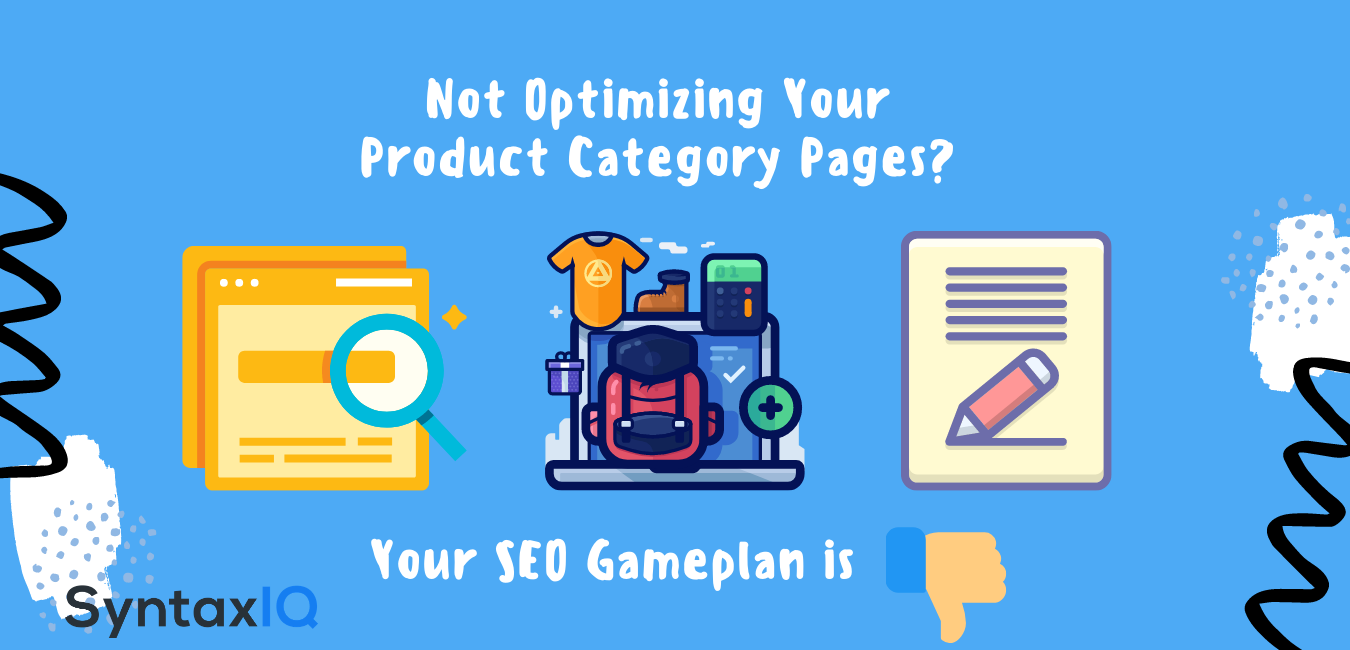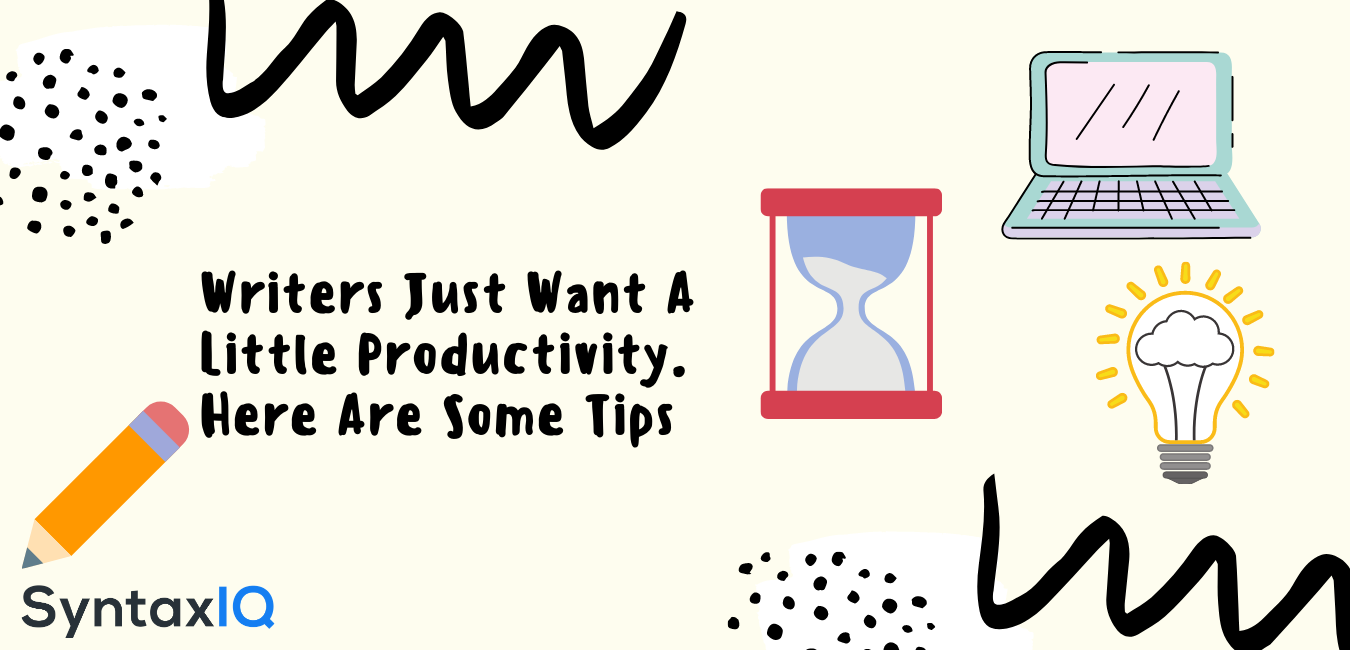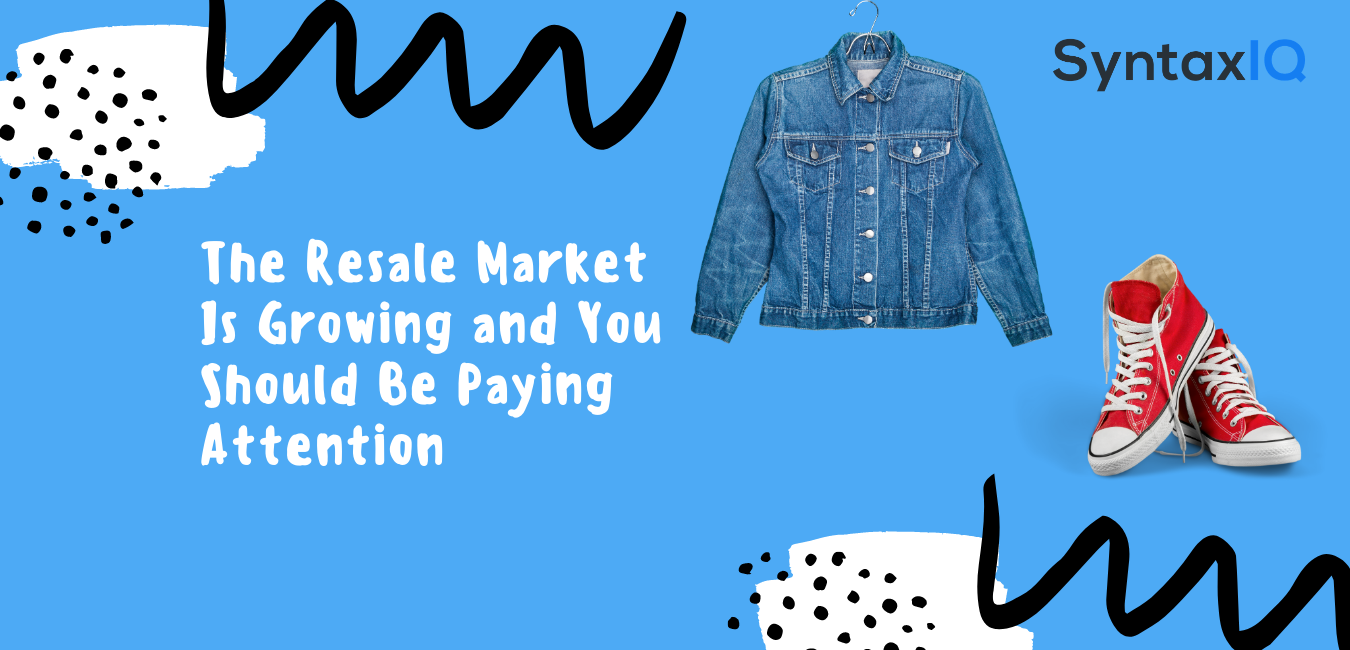The Best Ways To Deliver Rich Insights From Unstructured Data
By Paul Wynter August 2nd, 2020Information digitization has increased exponentially throughout the last decade. This increase enhanced with numerous transactions has resulted in global data to double in a very short period. Worldwide surveys indicate that more than 80 percent of organization data is unstructured data. This data comes from emails; social network feeds as well as customer calls. Moreover, user devices log in additional data there. Proper analysis of organized data of such proportions might sound scary, and here we are stranded with heaps of unstructured data. There is an immediate necessity to make sense of this.
Converting unstructured data to rich insights
Filtering large volumes of data might appear a very tedious task, but it comes with its share of benefits. Large data set analysis, especially unstructured data, helps us categorize the connections from the unconnected data sources and hence recognize patterns. The analysis of patterns helps us discover newer market trends and business.
Steps to deliver insights from unstructured data
1. Analyze the sources of data
Analyzing the sources of data is the first obvious step that would initiate the entire process of extracting insights. We can obtain unstructured data in different forms, such as videos, images, web pages, text docs, emails, and chats. We must find relevance in these forms of unstructured data and only consider the relevant ones for further analysis.
2. Determine the objective from the results of the analysis
Before we could analyze any data and derive insights, we must be able to understand the entire objective behind the analysis. When we know the kind of outcome we expect to derive, such as an effect, a trend, a cause, or even quantity, we have the task cut out for us.
3. Decide the tech for data input and storage
The data would probably come from numerous sources, but it must be stacked in a common technology to be directly used for analysis. Retrieving and storing the data is a principal task and features vital for that are dependent on the scalability, volume, velocity, and variety of the analysis requirement. We can then access the potential technology stack against these requirements.
4. Store the info in a warehouse for the entirety
TThe information needs to be stored in the native format for the entirety of the operation. At least till the point that the estimated benefits and required insights are delivered, we must ensure that the data is there for our perusal. Storing metadata would come in handy in the analysis procedure in the later stages.5. Understand data patterns and flow of text
Natural language processing and semantic analysis are powerful tools that allow us to use parts-of-speech tagging for fetching common entities such as location, company, or even a person and how they are internally related. From this, we can build a term frequency matrix that can help us better understand the patterns of the data and the flow of the text. We can then build a structured database from these extracted entities.6. Data mining and statistical modeling
Once we have created the database, its corresponding data must be classified and hence segmented. We can also use unsupervised and supervised machine learning such as Logistic Regression, K-means, Naïve Bayes, Support Vector Machine algorithms, and so on. We can use these tools and resources to find similarities in customer behavior, campaign targeting, and classification of documents. Then we can determine the customer disposition through sentiment analysis of the feedback and reviews. Hence, this would help in understanding the future recommendations, introductions, and overall trends of every new service and product. We can obtain these valuable insights through the proper use of statistical modeling.7. Implement the visualized concept and measure the impact
The end result is all that matters after all the analysis. If we have followed the above steps to the tee, we should be able to work out the answers to the raw data analysis into some meaningful format, such as graphs or tables. We shall then obtain actionable insights from the resultant information. Then we must make sure that this info is accessed and made well used by the intended parties. A web-based tool or any other handheld device should be able to render these insights. Scientific methods of implementation, such as baselining, testing, and controlling continuous improvement frameworks, are the ultimate ways to achieve success through these data. And then finally, we must measure the impact, both tangible and intangible, and match it up against the intended efficiency and productivity levels.
Conclusion
TEvery organization has its hefty share of unstructured data. What determines their growth and progress is how they can restructure and analyze it to obtain valuable insights, which would boost productivity.
Share:
Create Your Free Account
Have questions? Contact Us at [email protected]




